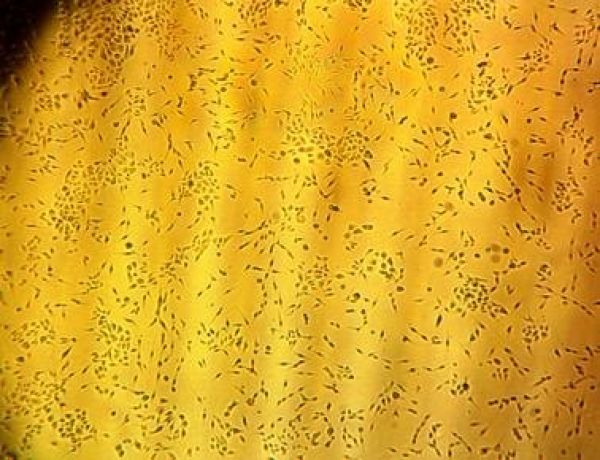Excess selenium from fertilizers and other natural sources can create air pollution that could lead to lung cancer, asthma, and Type 2 diabetes, according to new UC Riverside research.
The UCR research team conducted previous studies in the Salton Sea area, which contains selenium-rich wetlands and soils toxic to birds and fish. The researchers’ studies also revealed that the area’s concentration of aerosols, which are solid or liquid particles suspended in air, have increased in recent years.
However, the full chemical makeup of the aerosols, or whether they would have any effects on humans, remained unknown. This motivated the team to create similar aerosol particles in the laboratory and study them.
The team’s new paper, published in the journal Environmental Science & Technology, details the composition of the selenium-rich aerosols and describes the multiple ways these particles can damage human lungs.
Read more at University of California - Riverside
Image: This is an image of a human airway epithelial cell, which acts as a protective barrier against inhaled environmental agents. Selenium-containing aerosol is shown to damage these cells. (Credit: C M Sabbir Ahmed/UCR)


